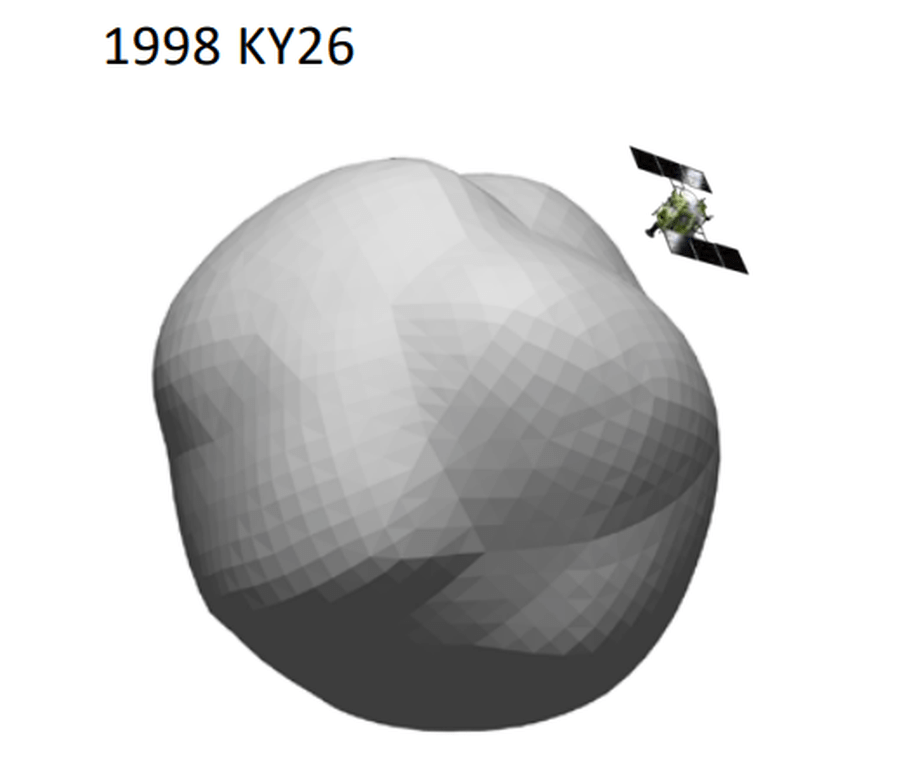In an expected move, the Japan Aerospace Exploration Agency (JAXA) has announced a mission extension for their Hayabusa2 spacecraft. Hayabusa2 will be sent to rendezvous with another asteroid in a few years time.
It’s target is 1998 KY26, a near-Earth object (NEO) less than a kilometer in diameter. But it’ll take a while and some maneuvering around other objects in the Solar System to reach its goal. JAXA says the spacecraft will arrive at the asteroid in July 2031.
Japan’s Hayabusa2 spacecraft completed its primary mission last July. After collecting a surface sample from asteroid Ryugu in February 2019, the spacecraft went in for another taste. In July 2019 it became the first spacecraft to collect a pristine sub-surface sample from an asteroid, when it collected material from a hole it blasted into Ryugu’s surface with its impactor.
That was a highlight moment, and JAXA celebrated it by tweeting this video.
Scientists are eagerly awaiting the return of those samples to Earth, scheduled for December 6th, 2020. And now we have something else to look forward to, though we’ll have to wait a few years for Hayabusa’s rendezvous with 1998 KY26.
Hayabusa2 is powered by ion engines, and it started its mission with 66 kg (146 lbs) of xenon propellant. JAXA expected that it would have about half of that propellant left after finishing up at asteroid Ryugu. And with its primary mission behind it, Hayabusa2 has a chance to not only visit another asteroid of scientific interest, but also to advance knowledge of long-term navigation of the Solar System and other aspects of space missions.
JAXA was considering two separate mission extensions before settling on this one. The rejected one would’ve seen Hayabusa2 visit a separate asteroid named 2001 AV43. Both objects are similar.
They’re both fast rotators, and they’re both very small. They’re between about 30 to 40 meters (100 to 130 ft) in diameter, and they both rotate rapidly, about once every 10 minutes. A key difference is that the selected one, 1998 KY26, is likely a C-type asteroid, while the rejected 2001 AV43 could be an S-type asteroid.
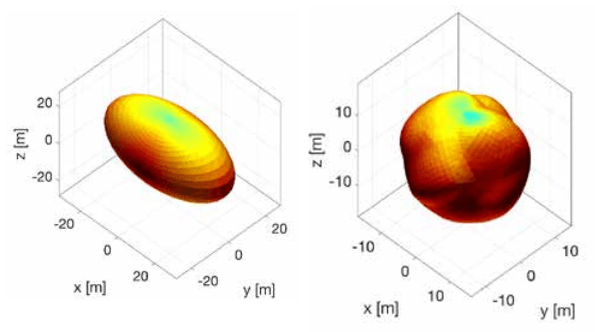
Because 1998 KY26 is a C-type, it means that valuable comparisons can be made between it and the sampled asteroids Bennu (OSIRIS-REx) and Ryugu.
It’ll take Hayabusa2 more than a decade to reach 1998 KY26. During that time, it’ll perform flybys of another asteroid and of Earth. Eventually it’ll reach its target asteroid, and will be the first target to observe what JAXA’s calling a “micro-asteroid.”
Several factors went into JAXA’s decision. Hayabusa2 is now an aging spacecraft, having been travelling in space for six years already. As the spacecraft ages, engineers are careful about putting any extra heat stress on it. A critical difference between the two proposed mission extensions is how close each one takes Hayabusa2 to the Sun.
In the rejected mission, the spacecraft would’ve performed a flyby of Venus. But that would’ve taken it closer to the Sun than the selected mission. When it passed Venus at only 0.71 au, the temperature would’ve exceeded the normal range for onboard equipment. The chosen mission will instead flyby Earth, and only come to with 0.77 au of the Sun, so the spacecraft will stay cooler and onboard equipment won’t exceed its temperature range. In its original design, Hayabusa2 was never intended to approach closer than 0.85 au of the Sun.
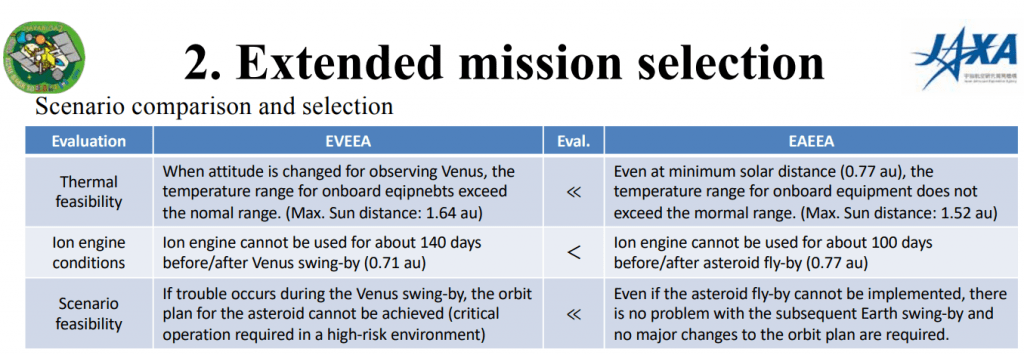
The rejected route would’ve limited the use of the spacecraft’s ion engines, too. The flyby of Venus would’ve meant a 140 day period where the engines can’t be used because of the higher temperature that close to the Sun. But the selected Earth flyby mission cuts that down’ to only 100 days. Also, if the Venus flyby didn’t work for some reason, then Hayabusa2 would not be able to enter its intended orbit around 1998 KY26 in 2031.
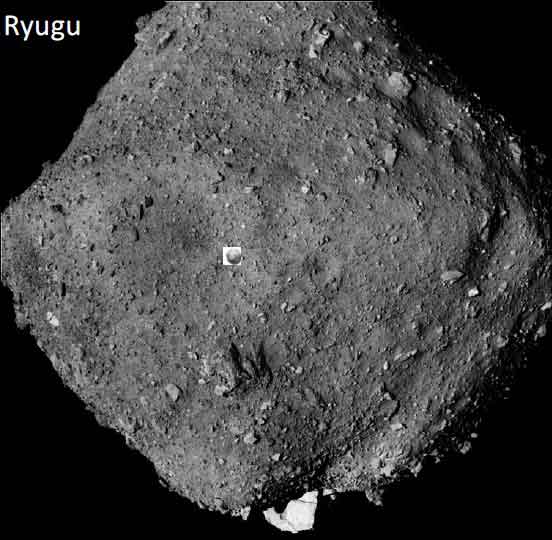
On the way to its target, the Hayabusa2 will flyby asteroid 2001 CC21 in July 2026. It’s larger than the target asteroid, at about 700m in diameter. It’s also a relatively rare L-type asteroid. This flyby is not only an opportunity to check out a rare type of asteroid, it’s an opportunity to explore high-speed flybys of asteroids and get valuable feedback on that type of maneuver.
This extended mission will also meet some of JAXA’s other goals, including exoplanet observation and the acquisition of knowledge on Planetary Defense. This is because of the potential collisions between Earth and asteroids this size, which are expected to occur once every several hundred years. Scientists want to know more about these objects and their structure, so they can better prepare. This close flyby will also hopefully provide some insights into how collisions with these objects have shaped Earth’s history.
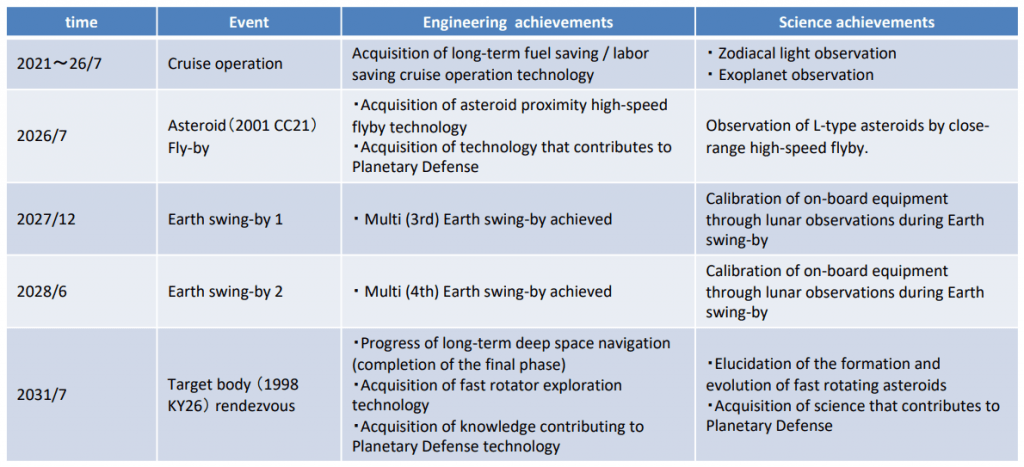
“If a celestial body with a diameter of several tens of meters collides with the Earth, great damage is expected to occur locally,” JAXA says in their press release. They then point out that the Chelyabinsk meteor was only about 17m in diameter, and it injured about 1500 people when it exploded in the air. “However,” the press release says, “the mechanical properties such as the strength of micro-asteroids, the rotation state and physical properties are not well understood.” The visit to 1998 KY26 will hopefully give us some important knowledge.
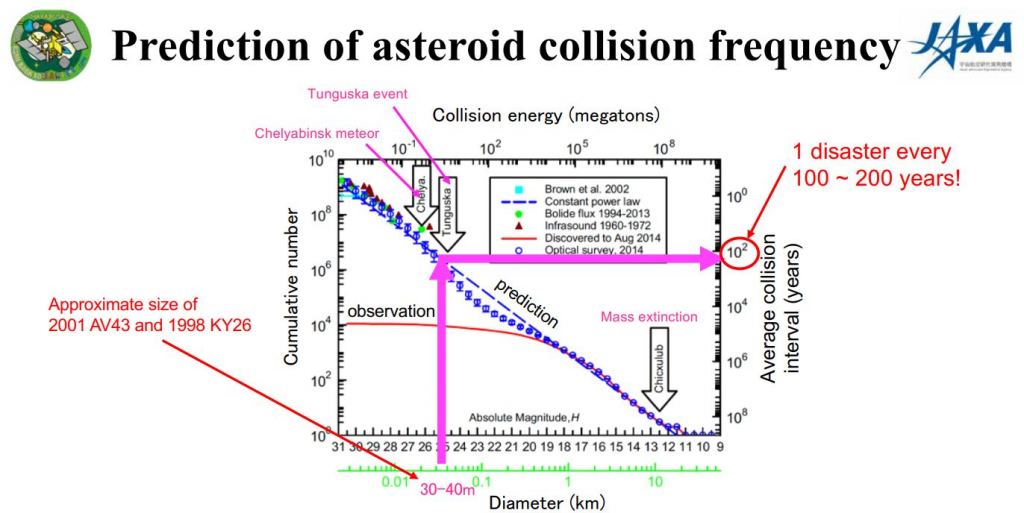
Even if Hayabusa2 wasn’t going to visit 1998 KY26, it’s mission is already a success. The most difficult part of its mission, the sampling of asteroid Ryugu, is behind it. It still has to flyby Earth and release the Sample Return Container, where it’ll float down to Earth in Australia, but that operation isn’t expected to be too risky.
Scientists will learn a lot from those samples. But even though the spacecraft won’t be sampling its next target, it’ll still be gathering new information. Some of that information might help us to protect our little civilization from damage or destruction.
More:
- Press Package: Asteroid explorer, Hayabusa2, reporter briefing
- JAXA: Hayabusa2
- Universe Today: Hayabusa 2 is the First Spacecraft to Sample the Inside of an Asteroid

